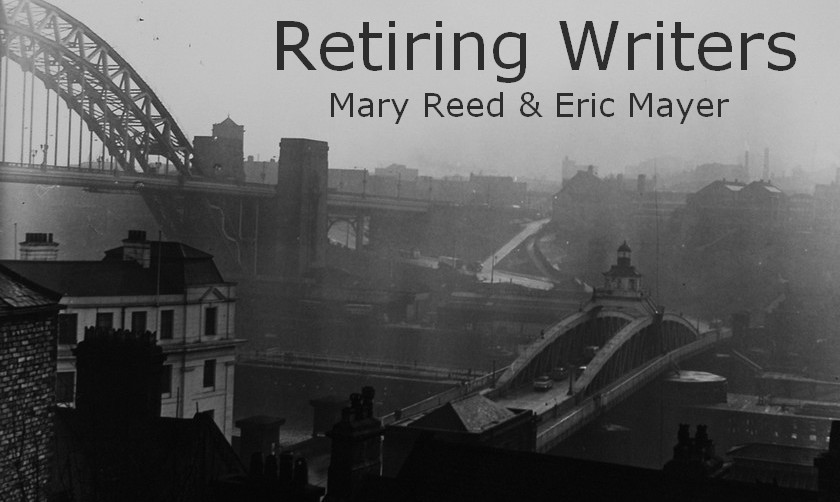The Darrow Enigma is narrated by an unnamed doctor, consulted by chemist and lawyer George Maitland for a bit of a nerve tonic. They become friends, for the narrator is greatly interested in the science, and it is through this friendship that our anonymous physician becomes involved in the case.
Ultimately Maitland confesses the real reason he visited the medical man is because he is the Darrow family's physician and has fallen for Gwen, daughter of the house, and wishes to be introduced. Needless to say Gwen is beautiful even though, whisper it quietly, she does not imprison herself in corsetry. Well, then, an introduction to the young lady is effected and it is while the two friends are visiting the Darrow household and Gwen is appropriately singing In The Gloaming as dusk falls when her father John clutches his throat, cries out he has been murdered, and dies.
Yet there is nobody in the room other than the Darrows, Maitland and the doctor, and two other visitors. How then was it done? The doors into the room were closed or locked, the only open window was perhaps six inches ajar and locked in that position and John Darrow was sitting in a high-backed chair over eight feet from it in any case, plus there were no niches or cupboards or curtains behind which the unseen assassin could hide. Or was it suicide? Either way what was the weapon and where has it gone? To find out the police bring in three investigators: Mr. Osborne, Mr. Allen, and French-born Louis Godin, now reportedly the best detective in the U.S.
And so begins a tale with a dab of woo woo and a touch of gothic. John Darrow had had dreams foretelling he would be murdered, as a result of which Gwen makes him a certain promise that will later cause romantic havoc. It is established there's a connection to India long ago -- though it is nothing to do with gems stolen from Indian temples -- and Maitland steams off to pursue investigations there. After that he is off to San Francisco to find and interview a couple of Darrow's former servants, who are Chinese and so, we might say, automatically suspect.
There follows a series of Strange Coincidences involving Anthony and Cleopatra, leading to what can only be described as a brilliant piece of deductive reasoning (involving reading detective novels!) that puts them on the track of certain parties of interest. The culprit is brought to trial but is it the right person? Was the murder committed by the bizarre method the man on trial describes? What about the motive?
My verdict: First, the method employed is one that fits a clue hidden in the text, though I must say that more clues are needed so the reader can deduce the culprit. There are red herrings and side trips and everything seems to fit together very well until the final confrontation in the court room when the entire case is turned upside down. Thus The Darrow Enigma is a bit of a mixture, though unlike the proverbial curate's egg on balance I would give it a nod rather than a frown since, despite the weakness mentioned, I found this novel enjoyable enough and the weapon utilised so outrageous and yet simple that points must be awarded on that alone!
In an aside, I was intrigued by Severy's description of the eavesdropping device employed at an important point and consulted an electrical engineer about it. He said theoretically it was possible but the technology was not up to it at the time. However, invention of this gizmo is not surprising as Severy held at least 90 patents. His fictional bugging device involves a piece of burnished silver fastened to a diaphram, a small beam of light trained on the silver being reflected onto a sensitised moving tape photographically registering movement of the diaphram for later conversion to an ordinary record, and needless to say the result is a vital piece of evidence.



